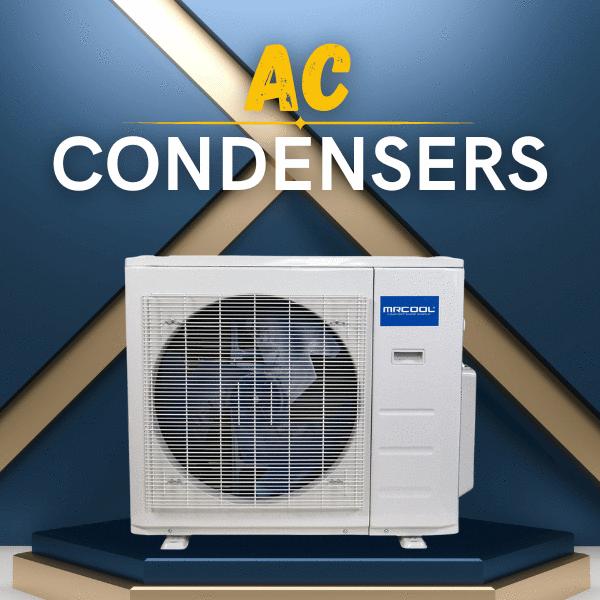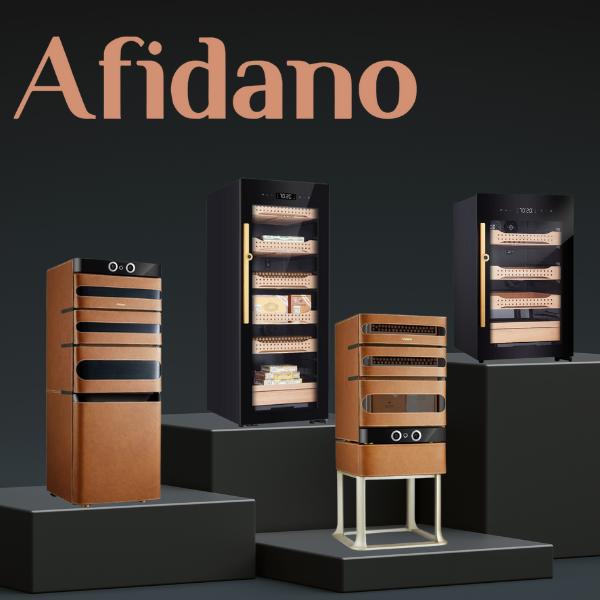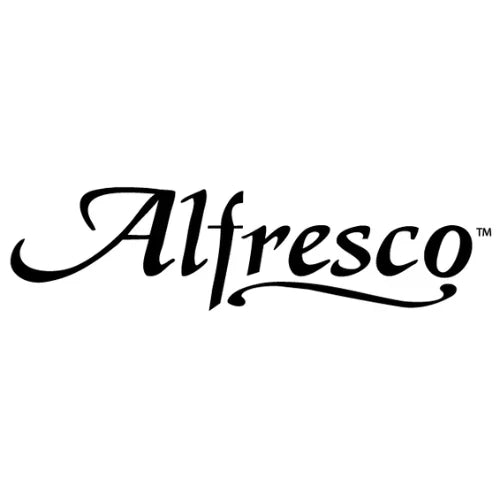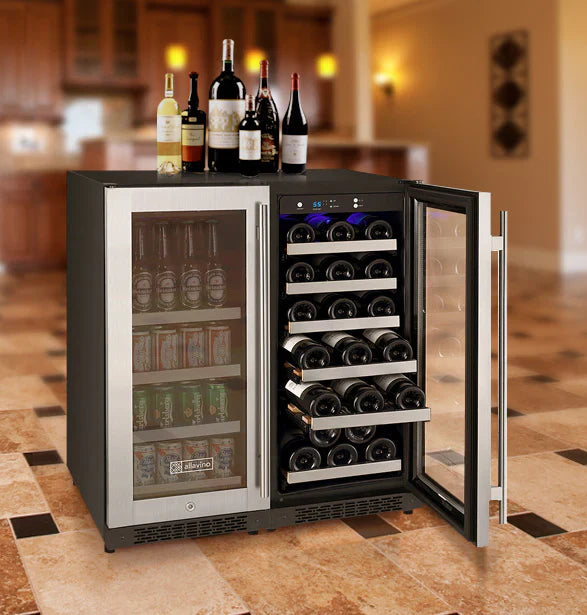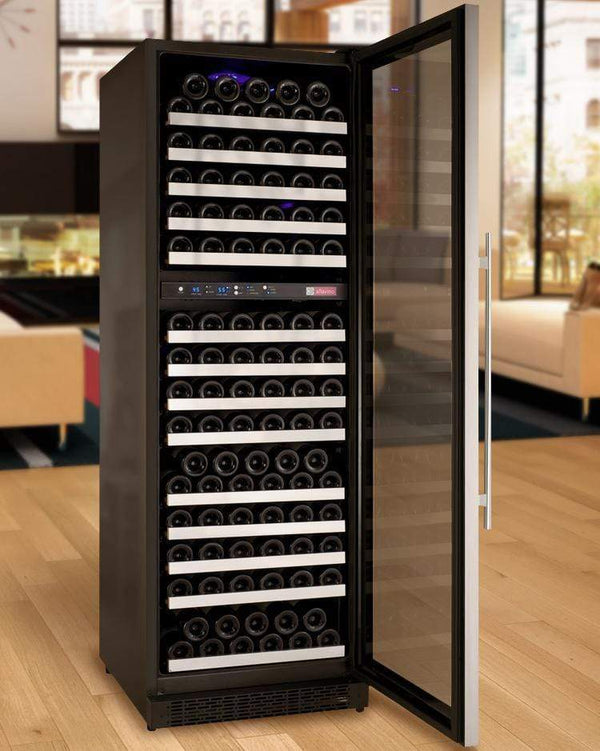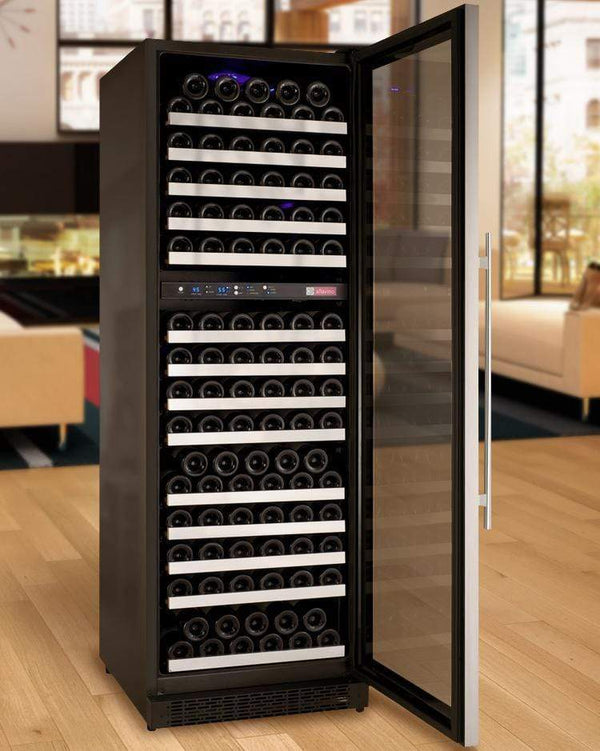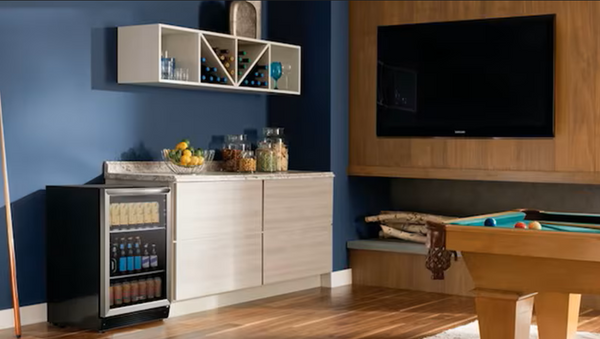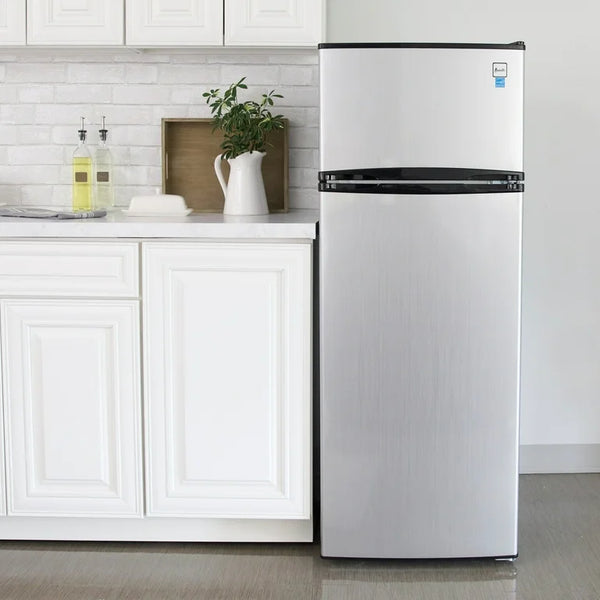Best Under Counter Wine Fridges: Expert Guide & Reviews
Discover the Best Under Counter Wine Fridges for Elegant, Space-Saving Storage
By Jim Hopper, Wine Cooling Expert
When it comes to preserving and showcasing your treasured wine collection, nothing beats the convenience and elegance of an under counter wine fridge. These compact and stylish appliances are designed to fit seamlessly beneath your kitchen counter or in your entertainment area, providing a controlled environment that ensures your wines age gracefully and retain their exquisite flavors.
If you’re just starting your search or want a comprehensive overview of wine fridge types, key features, and buying considerations, be sure to check out our Wine Fridges & Beverage Coolers Buying Guide for expert insights and step-by-step advice.
Whether you’re a seasoned collector or simply enjoy the occasional glass, choosing the right under counter wine fridge can elevate your home entertaining and protect your investment.
Why Trust This Guide?
With years of experience in wine storage and cooling solutions, I’ve researched, tested, and gathered real user feedback on a wide range of under counter wine fridges. This guide combines expert advice, customer reviews, and practical installation tips so you can make an informed, confident choice.
Why an Under Counter Wine Fridge?

Proper wine storage is essential for maximizing your wine’s flavor and longevity. Experts agree that temperature, humidity, light, and vibration all influence how wine ages and tastes. An under counter wine fridge offers:
- Consistent Temperature: Most models maintain 45–65°F (7–18°C), ideal for both reds and whites.
- Humidity Control: Prevents corks from drying out and spoiling your wine.
- Protection from Light: UV-resistant doors shield your bottles from flavor-damaging rays.
- Vibration Reduction: Specialized shelving and quiet compressors preserve wine integrity.
As one sommelier put it, “Good storage is going to make the wine-drinking experience better.” Investing in a quality wine fridge is the best way to ensure your collection is always ready to enjoy.
How to Choose the Right Under Counter Wine Fridge
Selecting the ideal under counter wine fridge is about more than just aesthetics—it’s about matching your space, collection, and lifestyle with features that ensure long-term satisfaction. Here’s how to get started:
Buyer’s Checklist
- Available Space: Measure width, height, and depth under your counter. Allow 2–3 inches for ventilation at the back and sides.
- Bottle Capacity: Estimate your current collection and consider future growth. Real capacity is often less than manufacturer claims, especially with larger bottles. For more on this, see our how to choose the best wine cooler guide.
- Temperature Zones: Decide if you need single or dual-zone cooling. Dual-zone fridges are best for storing both reds and whites at their ideal temperatures.
- Noise Level: For open kitchens or living spaces, look for models rated under 40 decibels or with “quiet” operation.
- Door Swing & Hinge: Note whether the door opens left or right, and ensure it won’t block cabinets or appliances.
- Power Access: Confirm there’s a nearby outlet and space for the plug.
Match Features to Your Lifestyle
- Entertainers: Prioritize dual-zone cooling, flexible shelving, and stylish design for frequent gatherings.
- Collectors: Look for higher capacity, UV protection, anti-vibration technology, and stable temperature control.
- Occasional Sippers: Compact, single-zone models with straightforward controls may be all you need.
Avoid Common Mistakes
- Underestimating Capacity: Buy bigger than you think you need—collections tend to grow, and actual capacity is less with mixed bottle sizes.
- Ignoring Noise: Compressor models can be louder; check decibel ratings or user reviews if quiet operation is important.
- Overlooking Door Swing: A door that opens the wrong way can block access or damage cabinetry.
- Skipping Ventilation Needs: Built-in models require proper airflow; follow manufacturer recommendations.
Built-In vs. Undercounter: What’s the Difference?
- Built-In Wine Coolers: Designed to blend seamlessly into your cabinetry with front-venting systems for safe installation. Learn more in our best built-in wine fridges guide.
- Undercounter Wine Coolers: Freestanding units that fit under kitchen counters, offering installation flexibility and easy relocation.
For a crash course on wine cooler basics, visit Wine Coolers 101.
How to Install an Under Counter Wine Fridge: Step-by-Step

Installing an under counter wine fridge is straightforward with the right prep:
-
Measure Your Space:
Ensure your fridge will fit, allowing for 2–3 inches of ventilation at the back and sides. -
Prepare the Site:
Clear the area, ensure the floor is level, and check for a grounded electrical outlet. -
Check Ventilation:
Most built-in models vent from the front, but always leave recommended clearance as per the manual. -
Slide the Fridge Into Place:
Position the fridge, ensuring it’s level (adjust feet if needed). A level installation prevents vibration and ensures proper door alignment. -
Plug In and Test:
If transported on its side, wait 24 hours before plugging in. Set your desired temperature and monitor for stable operation. -
Final Adjustments:
Check door swing and handle installation. Ensure the fridge is flush with cabinetry but not tight against walls.
For more installation tips, check out our beverage fridges installation guide.
DIY vs. Professional Installation:
DIY is suitable for most, but hire a pro if you need custom cabinetry, electrical upgrades, or have complex ventilation needs.
Top Under Counter Wine Fridges: Comparison & Recommendations
Below, find standout options for a variety of needs and budgets. For easy reference, here’s a comparison table summarizing key specs:
| Model & Link | Best For | Zones | Capacity | Width | Notable Features | Price Range |
|---|---|---|---|---|---|---|
| Smith & Hanks BEV176SD | Entertainers | Dual | 17 wine, 36 beverage | 24" | Wine & beverage storage, stainless steel, quiet operation | $$$ |
| Summit CLFD243WBV | Mixed Use | Dual | 21 wine, 60 beverage | 24" | Built-in, dual zone, seamless stainless design | $$$ |
| Allavino FlexCount II 3Z-VSWR5656-B20 | Large Collections | Triple | 112 bottles | 24" | Three temperature zones, FlexCount shelving system | $$$$ |
| U-Line HWC115 | Small Spaces | Single | 31 bottles | 15" | Compact design, reversible hinge, precise digital controls | $$$ |
| Summit SWC182Z | Narrow Spaces | Single | 34 bottles | 18" | Slim fit, built-in ready, energy efficient | $$ |
| Vitara VBWC4001SB | Variety | Dual | 40 bottles | 24" | Side-by-side design, glass doors for visibility | $$$ |
| Allavino VSWR30-2BR20 | Small Collections | Dual | 30 bottles | 15" | Compact, dual zone, FlexCount shelving | $$$ |
| Liebherr WU 4500 | Precision | Single | 46 bottles | 24" | Built-in, reversible door, humidity control | $$$$ |
| Lanbo Pro LP54D | High Capacity | Dual | 44 bottles | 24" | Stainless steel, dual zone cooling | $$$ |
| Whynter BWR-408SB | Value | Single | 46 bottles | 24" | Quiet compressor, vibration-free cooling, built-in lock | $$ |
“Best For” Highlights
-
Best for Entertainers: Smith & Hanks BEV176SD – Dual-purpose for wine and beverages, stylish, quiet.
-
Best for Small Spaces: U-Line HWC115 – Slim, reversible hinge, fits tight kitchens.
-
Best for Large Collections: Allavino FlexCount II 3Z-VSWR5656-B20 – Triple zones, high capacity.
-
Best Value: Whynter BWR-408SB – Ample storage, quiet, accessible price point.
Tip: Always check real-world capacity, as larger bottles (like Champagne) reduce the maximum bottle count. For more advice, see our how to choose the best wine cooler guide.
Key Features to Consider

- Dual or Triple Zones: Store reds, whites, and sparkling at their ideal temps. Learn more in our best dual-zone wine coolers review.
- UV Protection: Tinted or solid doors protect wine from light damage.
- Anti-Vibration: Wood shelving and compressor isolation preserve wine integrity.
- Smart Controls: Some models offer Wi-Fi/app integration for remote management.
- Quiet Operation: Look for models rated under 40 dB for shared living spaces.
- Flexible Shelving: Adjustable shelves accommodate larger or oddly-shaped bottles.
Explore more advanced features in our best wine fridges roundup.
What Real Users Are Saying
Hearing from owners helps set expectations:
-
Quiet Operation:
“We plugged it in and could barely hear it run. I literally had to stand next to it to hear it.” -
Accurate Temperature:
“It keeps champagne and white wine chilled by keeping my red at the right temperature.” -
Installation and Fit:
“Fits under our counter exactly like I hoped it would, which is a huge relief.” -
Capacity Reality:
“Although it is supposed to hold 46 bottles, depending on the bottles, you may not be able to hold that many.” -
Customer Service:
Experiences vary; some highlight prompt support, others mention difficulty reaching support for minor issues.
For more model-specific feedback, see our best Summits beverage and wine coolers review and Allavino Tru-Vino wine coolers review.
Routine Maintenance for Under Counter Wine Fridges

Keep your fridge running smoothly with this schedule:
- Monthly: Wipe interior and shelves; clean the door gasket.
- Quarterly: Vacuum/brush condenser coils; inspect and clean drain pan.
- Annually: Replace air filter (if present); test temperature accuracy.
-
Pro Tips:
- Keep fridge at least half full for stable temps.
- Don’t block ventilation grilles.
For troubleshooting and care, see our wine cooler maintenance tips.
Troubleshooting Common Issues:
- Fridge not cooling? Check power, settings, and clear vents.
- Excessive noise? Level the fridge and check for vibrating objects.
- Condensation? Clean and realign door seal.
- Door won’t close? Adjust leveling feet and remove obstructions.
Wine Storage and Preservation Tips
- Ideal Temp: 45–65°F (7–18°C); 55°F (13°C) is ideal for most wines.
- Humidity: Aim for 50–70%. Use a hygrometer if your fridge lacks built-in control.
- Bottle Position: Store on their side to keep corks moist.
- Organization: Group by varietal, region, or drinking window. Label shelves for easy access.
- Light & Vibration: Opt for UV-resistant doors and place fridge away from vibration sources.
- Short vs. Long-Term Storage: For aging, prioritize stability and minimal movement.
- Open Bottles: Use stoppers or vacuum pumps to extend freshness.
Want to know the difference between a wine cooler, beverage cooler, and refrigerator? See our detailed breakdown.
Final Thoughts

Choosing the best under counter wine fridge is an investment in both your wine collection and your lifestyle. By considering your space, collection size, and desired features, you’ll find a model that keeps every bottle at its best—ready for your next celebration or quiet evening at home.
For more in-depth reviews and expert advice, explore our full Wine Fridges & Beverage Coolers Buying Guide.
📚 Frequently Asked Questions (FAQs)
Are wine fridges worth it?
What is the lifespan of a wine fridge?
Why are wine fridges expensive?
Are all wine fridges noisy?

Designing or Upgrading a Wine Cellar?
We got you! Here at Wine Coolers Empire, we will guide you in building your dream wine cellar.

